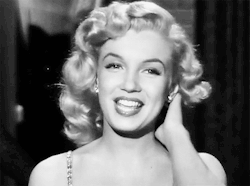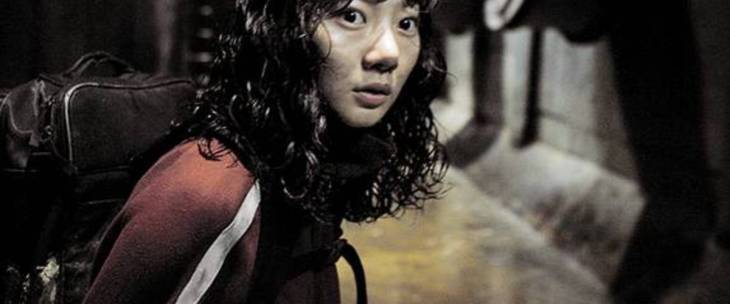~

~
This article would mainly be centred around comparisons of Traditional Hollywood conventions of movie plots and the Asian cinemas unconventional methods.
To begin with, I would list out the Traditional Hollywood convention of movie making and plotting to act as a constant.
First off, most traditional Hollywood films begin with a cause, a critical problem which leads almost immediately to an effect. The the male lead, undoubtedly white and handsome, would then be introduced to devise a clever plan to trump evil while simultaneously meeting a woman and savouring her beauty through long pans of the camera across her silhouette. The said male lead will then singlehandedly save the day and attain the gratitude and heart of the damsel.

Most films will then lead to a happy ending where the guy gets the girl, also undoubtedly white and gorgeous (and playing a really minor role in the film other than to be looked at), at which point they would end the scene as the two newfound lovebirds passionately kiss before figuring out the rest of their lives together. The film would probably have you on the edge of your seats, drawing you in with its excellent camera angles, making it seem as if you were a spectator right there on the scene, and its highly logical explanations about the series of events happening could probably even bring a sense of hope for the possibility of their movie fantasy to transcend into reality.
However, in The Host, it is almost impossible to find any similarities of it picking up the traditional Hollywood filmmaking template.

The movie does begin immediately with the cause, featuring the white male as the superior and barking out orders to the hesitant asian male. It then leads to a long spun-out story filled with unconventional plot twists and a whirlwind of emotions. The film was heavily dramatised (refer to initial family grieving unrealistically whilst in confinement), with moments of stillness to let the suspense settle in to grip the audience, and unsuspecting spurts of laughter and tears interspersed throughout.
The male lead in the movie was not tall, handsome, or suave, and he did not singlehandedly save the day. There was no romance or lingering (gender-specific) gazing involved, especially not with the female who needed saving and the man who intended to carry out the rescue.
The camera was made known to the audience as well through the water droplets on the screen, providing an almost surreal point of view to the audience.
Another notable difference would be the strong female presence throughout the movie. I was especially impressed that the girl who needed saving at the start ended up rescuing someone else who seemed to be in greater need. The women were also given significantly more screen time and character development in comparison to the females featured in traditional Hollywood conventional films.

I believe it is also worth mentioning that the US military was mentioned a number of times throughout the film, and the white male who initially stepped in to help was also part of the military. It seems that the Korean producers were trying to keep the story realistic in the political point of view, seeing that South Korea and USA have a close military alliance. However, the white males featured were also portrayed as bigots who abused their authority and underestimated the Korean locals. It was interesting to note that the presence of white male characters in an Asian film added a very different flavour to the story as well!
The film ended on a bittersweet note, featuring the father and his newly adopted son in a new stall house, rebuilding their lives in the midst of their losses.
I cannot say that one convention is better than the other, simply because they were both created during different eras, with different intentions and audiences to cater to. The Hollywood movies seem to be breaking out from the traditional mould in recent years, save for the romantic features in most of them. The movie industry is constantly evolving and developing itself to cater to the audiences desires, breaking conventions and going back to them again in a circle, in a loop that never ends (Pocahontas, 1995).
